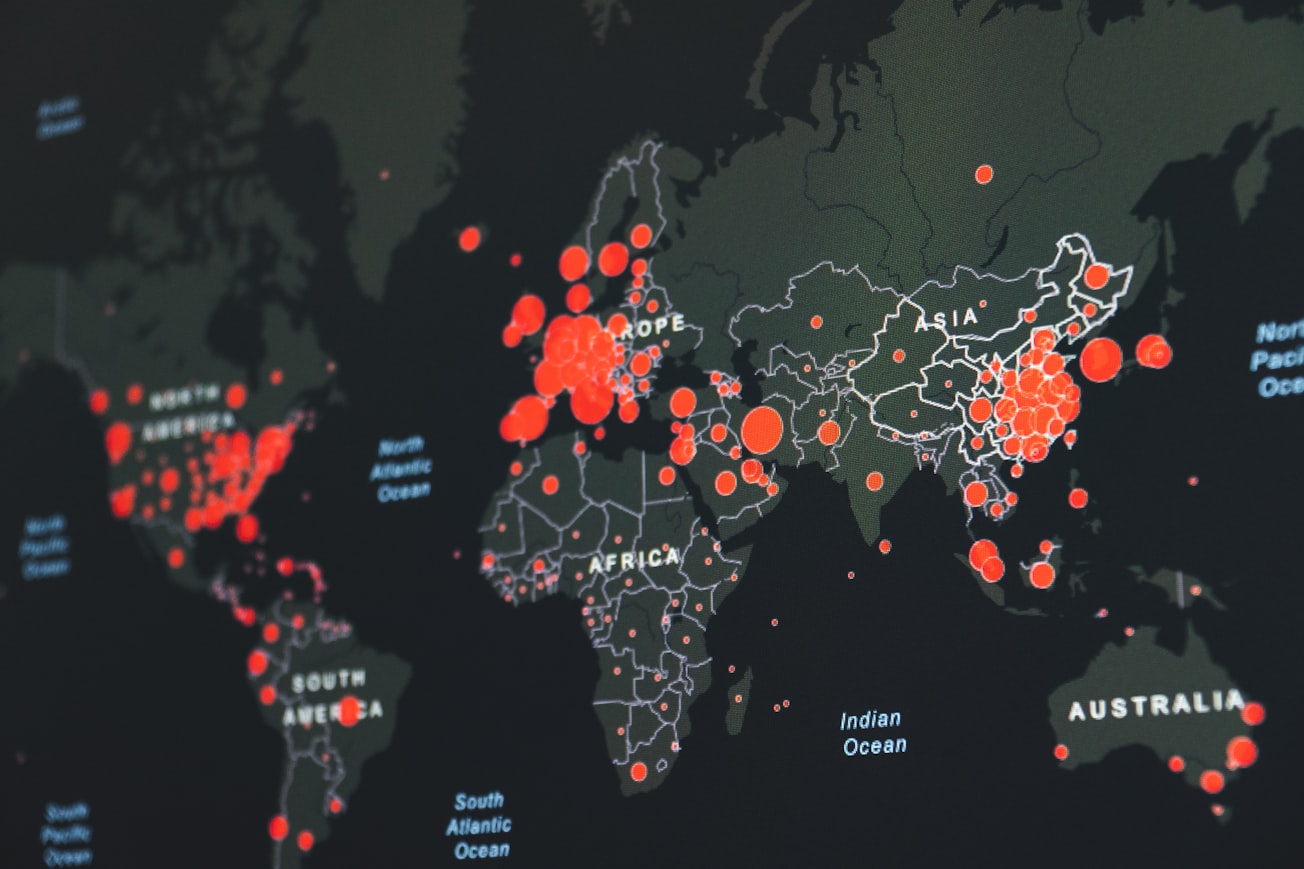What is it about?
We estimate the WTO impact on new members considering both total and disaggregated trade flows from 1995 to 2014 using the gravitational model. The sample includes bilateral imports from 133 countries in the primary, textile, and industrial sectors. This article provides strong evidence that the WTO has promoted new member trade, but weakly and unevenly between developed and developing countries and across sectors examined.
Featured Image

Photo by Martin Sanchez on Unsplash
Why is it important?
The major findings of our research suggest that the WTO has succeeded in expanding international trade, although this growth would still have occurred asymmetrically among sectors, developed and developing member countries, and members and non-members. However, some of the asymmetries identified by Subramanian and Wei (2007) appear to have been reversed and the magnitude of other asymmetries seems to have declined over the period from 1995 to 2014. As an example, developed countries continued to benefit most from the increase in world trade promoted by the WTO, but more recent liberalization has also brought gains for emerging members.
Perspectives
Writing this article was a great pleasure as this subject has been intriguing us for years and we hope it may contribute to the intense debate on the effects of the WTO and its predecessor, the General Agreement on Tariffs and Trade (GATT) on global trade.
André Azevedo
Conselho Nacional de Desenvolvimento Científico e Tecnológico
Read the Original
This page is a summary of: The impacts of the World Trade Organization on new members, World Economy, March 2021, Wiley,
DOI: 10.1111/twec.13109.
You can read the full text:
Contributors
The following have contributed to this page










